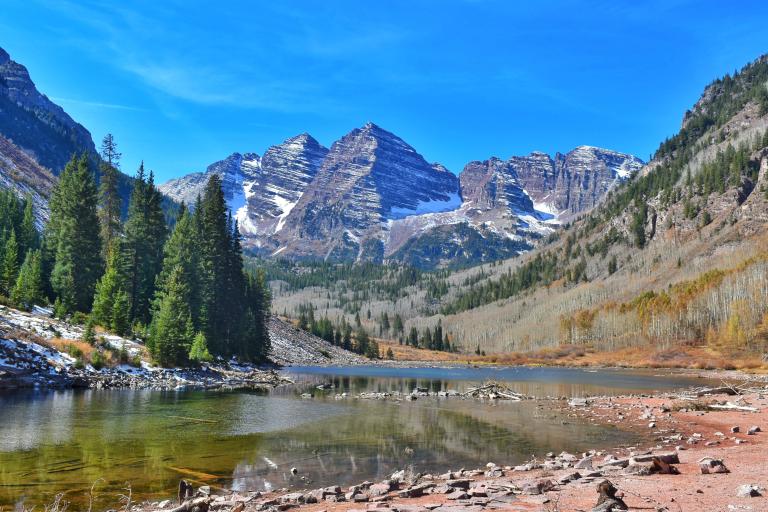At the UN Climate Change conference COP28, the delegates have highlighted the importance of mountain ecosystems and the cryosphere on the planet’s weather.
“The cryosphere is one of the most important, but probably one of the least prioritized/monitored components of our hydrological cycle. Glaciers and high mountains – the water towers – are melting and melting fast,” said WMO Deputy Secretary-General Elena Manaenkova. The cryosphere is the term for frozen water and includes, among others, snow, (sea) ice, glaciers and permafrost.
Approximately 40 of the glaciers monitored by the World Glacier Monitoring Service are subject to long-term observations and these are used to estimate glacier mass balance. From 2011-2020, glacial loss was nearly double the previous decade. On average, measured glaciers thinned by approximately 1m per year, according to WMO’s State of the Climate 2011-2020 report.
Countries like Bhutan are carbon negative, meaning that it stores more carbon from the atmosphere (mainly stored in forest and wetlands) than it emits. However, it very much exposed to the impacts of climate change, diminishing cryosphere and related hazards such as floods and slides.
At the event, the WMO asserted that countries such as Tajikistan illustrate the challenges ahead. It is a mountainous country with vast water resources, especially glaciers. Over the past few decades, more than a thousand glaciers in Tajikistan have been destroyed, speakers told a side event at COP28. This has major implications for sustainable development in a nation in which about 80% of the agricultural production comes from irrigated land and more than 98% of electricity in the country is generated by hydropower plants. The impacts of hydrological changes from the retreat of glaciers and permafrost thaw are approaching the point of no-return. Tajikistan is thus one of the key sponsors of the International Year of Glacier Preservation 2025, which will also be coordinated by WMO and the UN Educational Scientific and Cultural Organization.
Dr Manaenkova added, “Significant gaps exist in understanding the distribution and characteristics of cryospheric variables, such as permafrost extent, glacier ice volumes, trends in sea, lake and river ice, and snow cover variation. Despite advances from Earth observation satellites, major challenges persist in dealing with cloud cover and rugged terrain and ground observations that are very costly.
“At the same time, there are projection uncertainties due to limitations in current models and the lack of local observations. We miss an integrated risk assessment regarding the effects of cryosphere change on natural hazards, infrastructure and ecosystem shifts. Adaptation measures for high mountains are challenging, with gaps in systematically evaluating their integrated cost-benefits and long-term effectiveness.
“All this needs transdisciplinary approaches. We need to: raise awareness, enhance scientific understanding, promote action, and strengthen policy frameworks. We need climate change adaptation and mitigation to strengthen resilience and, last but not least, significantly increased financial support.”
More research and tools are needed to help predict the effect of climate change on data-sparse mountain cryosphere regions globally, with experts predicting that rising temperatures and shifts in precipitation could have a severe impact on water availability.
For more on the research and tools needed to help predict the effect of climate change on data-sparse mountain cryosphere regions, read Meteorological Technology International’s exclusive feature in the January 2024 issue, here.



